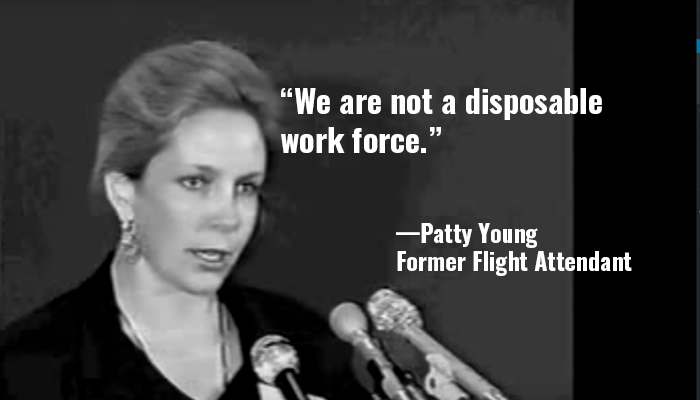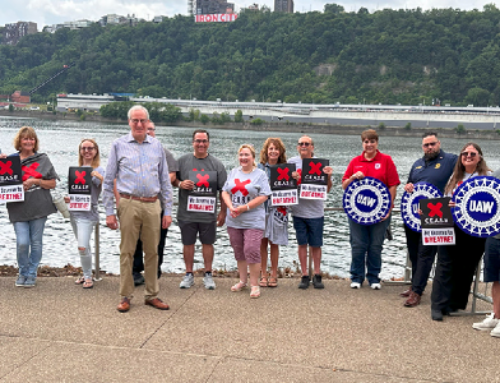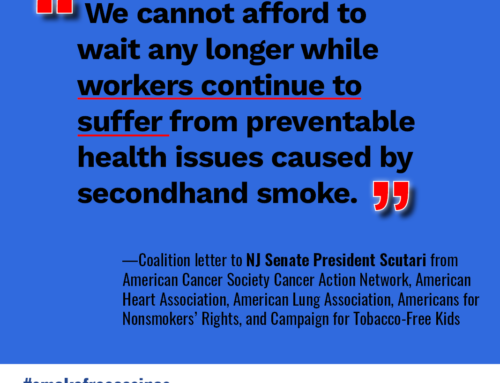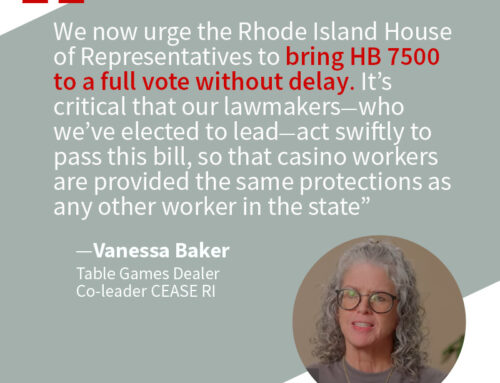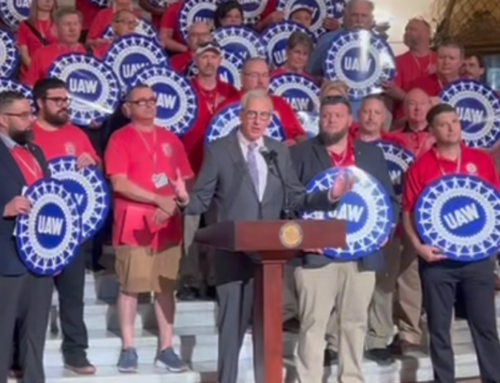No one thought they could win. ANR helped take on this fight.
Patty Young, former flight attendant, describes what it is like to work in a smoke-filled airplane in this video clip from the late 1980s during the fight for smokefree skies. It is inspiring to watch today as evidence of the tough fight, and it’s one we’re still fighting at ANR to close the gaps in smokefree protections for all workers. (Clip provided by The Center for the Study of Tobacco and Society.) Flight attendants and other airplane crew members were regularly subjected to toxic secondhand smoke. Locked into airtight cabins for hours, flight attendants reported the effects: yellow-brown stains in their hair, clothes that reeked of cigarettes, clouds of smoke so dense that attendants couldn’t see the length of the cabin.
The example of fighting YEARS in an uphill battle to protect the health of flight attendants and passengers is important because what is old is new again. The opposition’s arguments strategies are the same. And Big Tobacco hasn’t gone away.
We See the Big Tobacco Argument Then, And Now
- They said: “We have smoking and non-smoking sections.” Fact: We know smoke drifts and ventilation doesn’t help. Smoking sections don’t protect people from the health hazards of secondhand smoke.
- They said: “If they don’t want to breathe smoke at work then they should get another job.” Fact: Everyone has to breathe at work.
- They said: “People won’t fly anymore.” Fact: People still fly even though airplanes are smokefree. 87% of Americans don’t smoke. Consumers want smokefree air.
- They said: “An airline smoking ban will cause air rage. Having people step outside to light up would be a problem for security.” Fact: Smokefree air is successful, popular, and saves lives. Here’s a list of smokefree airports from all over the world.
On this anniversary we honor flight attendant Patty Young who initiated efforts for smokefree flights in the 1960s and intensified lobbying efforts in the 1980s with help from ANR.
“I will be forever grateful to ANR for their comprehensive and generous support over decades to help the flight attendants get smoking off of all flights… Our flight attendant fight to ban smoking was a long and difficult road that resulted in many sicknesses, diseases, deaths, and disabilities for our flight attendants. But on the positive side, our fight also led to the modern day worldwide non-smoking movement.” —Patty Young
On February 25, 1990, the “no-smoking” sign was permanently lit on U.S. domestic airline flights – for the health of flight attendants and passengers. This eventually led to smokefree air on all flights to and from the U.S. and to smokefree policies for airlines worldwide.
2019 marks the 29 year anniversary of this important public health achievement—made possible by a broad coalition of health groups, incredible legislative champions—Senator Lautenberg and Senator Durbin (then Rep. Durbin)—and tenacious flight attendants who were willing to speak up publicly for their right to breathe. See Sen. Dick Durbin’s remarks to the Senate on the occasion of the 25th anniversary of the end of smoking on airplanes and read about our 25th anniversary celebration here.

